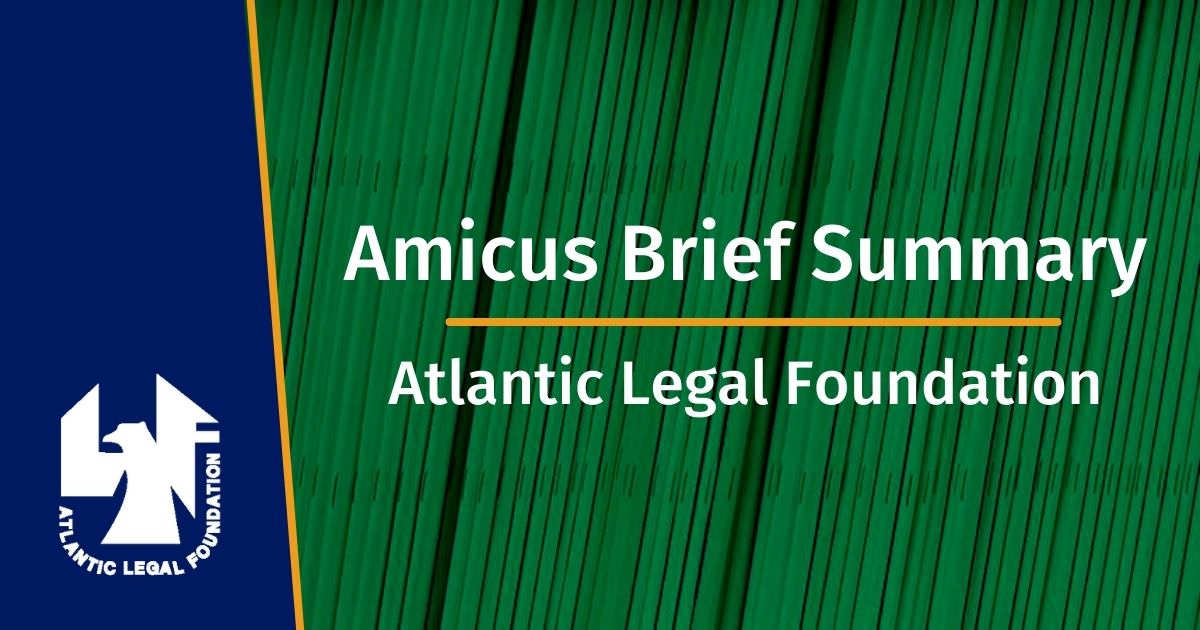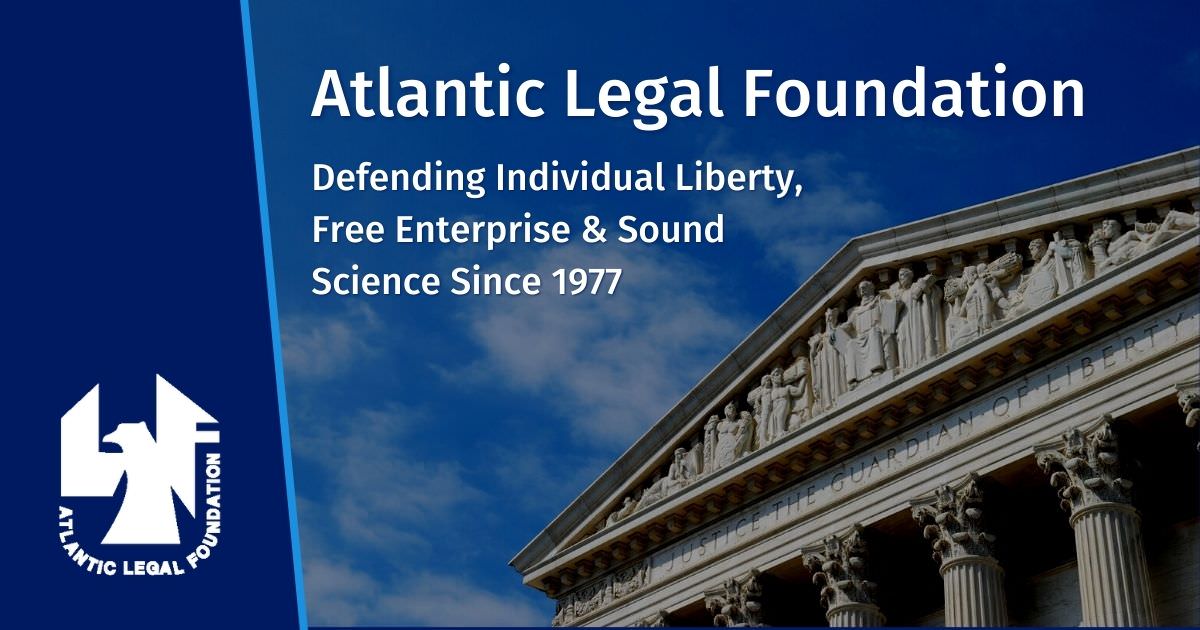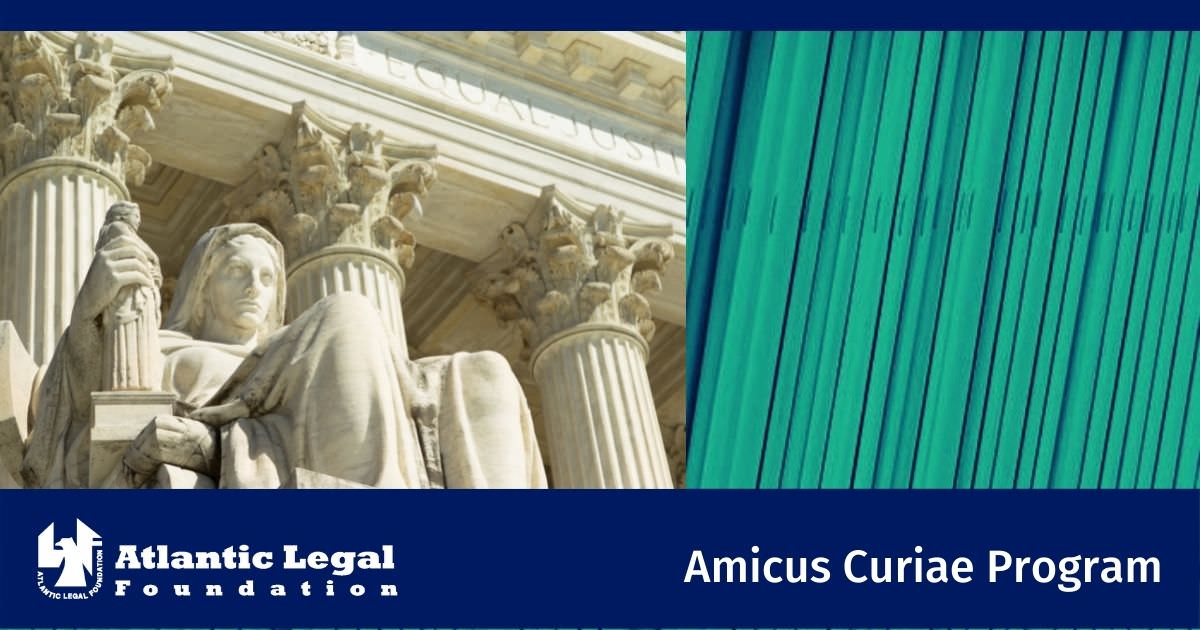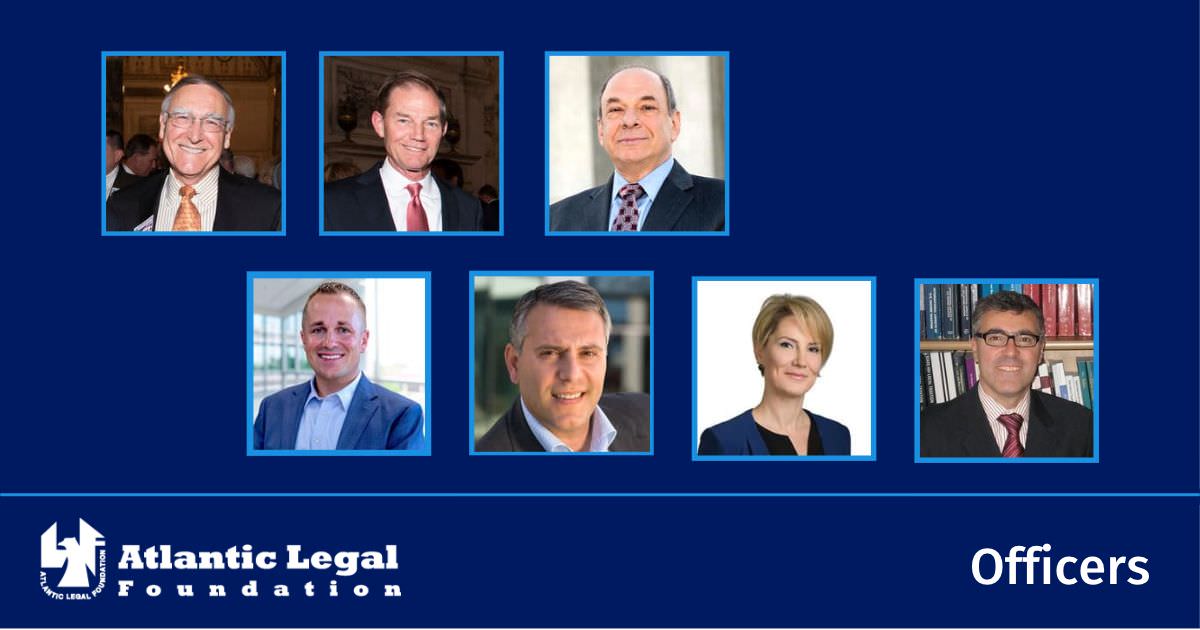
Daubert Gatekeeper: PCB Causation
After he was diagnosed with small-cell lung cancer, respondent Joiner and his wife (hereinafter jointly respondent) sued in Georgia state court, alleging, inter alia, that his disease was “promoted” by his workplace exposure to chemical “PCB’s” and derivative “furans” and “dioxins” that were manufactured by, or present in materials manufactured by, petitioners. Petitioners removed the case to federal court and moved for summary judgment. Joiner responded with the depositions of expert witnesses, who testified that PCB’s, furans, and dioxins can promote cancer, and opined that Joiner’s exposure to those chemicals was likely responsible for his cancer. The District Court ruled that there was a genuine issue of material fact as to whether Joiner had been exposed to PCB’s, but granted summary judgment for petitioners because (1) there was no genuine issue as to whether he had been exposed to furans and dioxins, and (2) his experts’ testimony had failed to show that there was a link between exposure to PCB’s and small-cell lung cancer and was therefore inadmissible because it did not rise above “subjective belief or unsupported speculation.” In reversing, the Eleventh Circuit applied “a particularly stringent standard of review” to hold that the District Court had erred in excluding the expert testimony.
Issue Areas:
Sound Science
Case:
GE v. Joiner, (U.S. merits stage)
Question(s) Presented:
Whether Respondent’s expert testimony was admissible under the standards set forth in Daubert v. Merrill Dow Pharmeceuticals, 509 U.S. 579 (1993).
ALF’s Amicus Brief:
ALF and distinguished co-amici, including scientists of biochemistry, physics, medicine and epidemiology, argue that the primary function of Daubert is to require that judges exclude pseudoscience from trial. Scientific evidence is pseudoscience and excludable, if it is not reliable or relevant. Respondent’s expert proffered evidence is not reliable because the expert’s failed to follow proper scientific methodology required to bridge the analytical gap between their opinions and the particular facts of the case. The 11th Circuit erred in its reversal of the district court which properly excluded the expert testimony on grounds of reliability.
Respondent’s expert conceded that no scientific studies support the proposition that PCB’s cause small cell lung cancer in humans, instead the expert relied upon selected quotes from a study that suggested such an association, even though this study concluded that the association was not statistically significant. Another study relied upon was unpublished and superseded by one that found no statistically significant association. A third study relied upon by the expert was done on Norwegian cable manufactory workers, however this study never mentions PCB’s at all, and does not involve workers exposed to PCB. Lastly the expert relies upon a preliminary report which the experts assert is equivalent to an epidemiological study, even though no controls were used to parse out causation. Critically the exposures included in the study, include another toxic chemical that may have been entirely responsible for the adverse outcomes observed, therefore no causation can be reliably attributed to PCB’s based on this report. The weight of evidence, that is actual epidemiological studies with controls, found no statistically significant correlation between PCB exposure and small cell lung cancer.
Because the expert at issue did not use reliable scientific evidence to base his testimony on, but rather relies on studies that either contradict his opinion, lack sufficient controls, or were not peer reviewed, his testimony was properly excluded by the district court and the 11th Circuit should be reversed.
Status:
On December 15, 1997 the Supreme Court issued a favorable opinion.
Date Originally Posted: May 29, 1997





